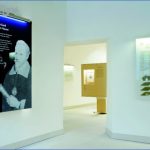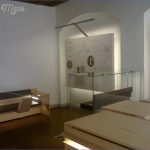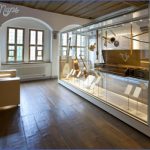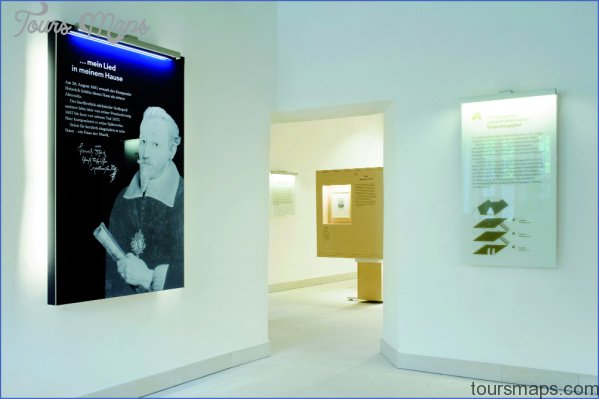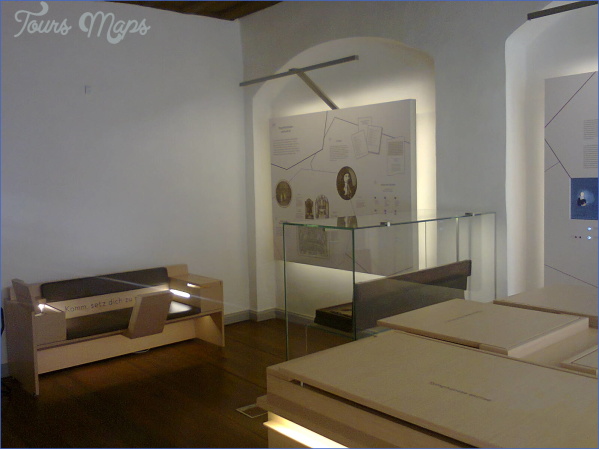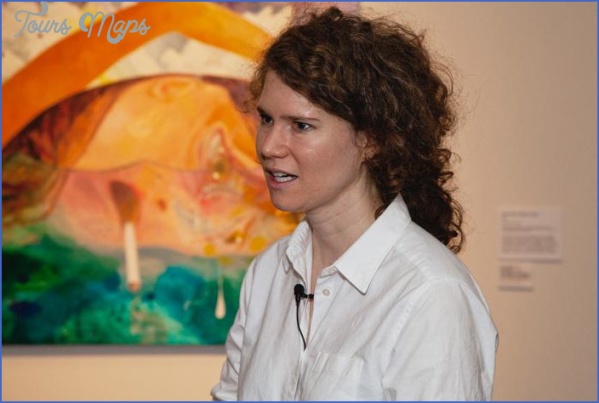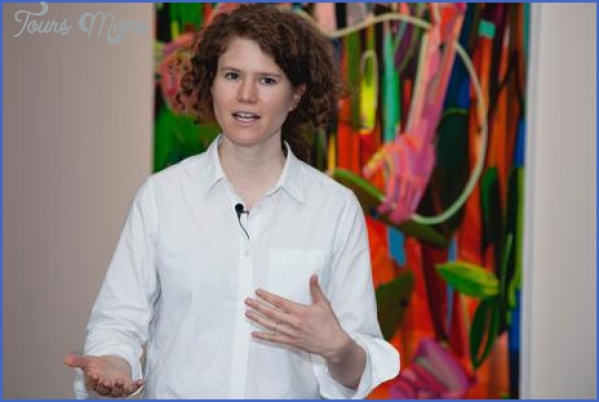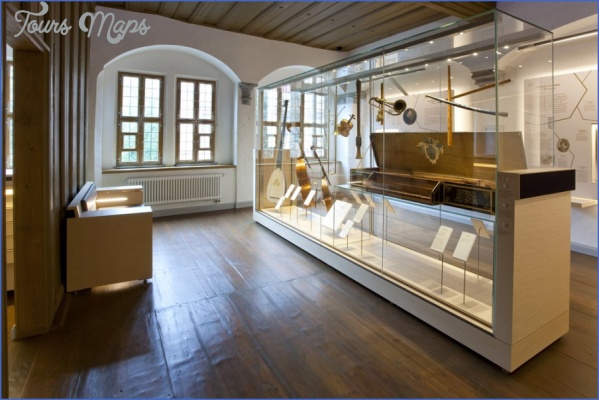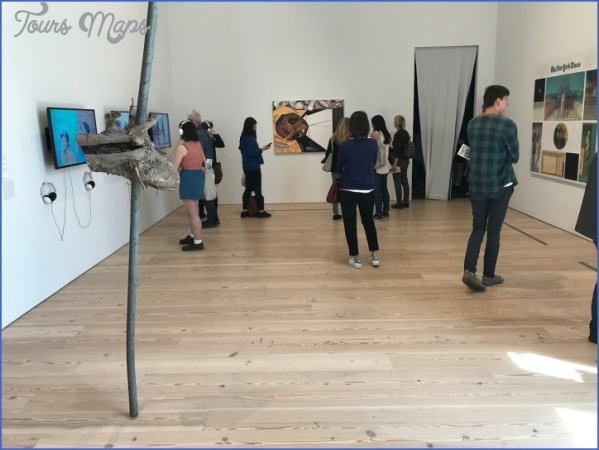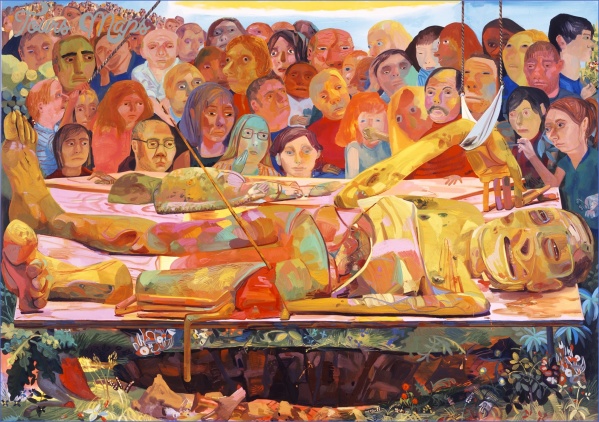SCHUTZ MUSEUM
Heinrich Schutz is the earliest German composer to whom museums have been dedicated. There are two, both inaugurated in 1985 to mark the 400th anniversary of his birth. Schutz was born on 9 October 1585 in the eastern Thuringian town of Bad Kostritz, at the inn run by his father and his grandfather before him, Zum goldenen Kranich. When he was five the family moved to Weissenfels, in Saxony, to take over another inn, Zum guldenen Ring, which is still open for business. His father later bought a second Schutz’s birthplace, Bad Kostritz establishment in Weissenfels, Zur guldenen Sackpfeife (or Zur guldenen Esel), which he appropriately renamed Zum Schutzen, but by then the boy had been taken into service by Landgrave Moritz of Hessen-Kassel and sent toVenice to study with Giovanni Gabrieli.
From 1615 Schutz lived and worked primarily in Dresden, at the electoral court of Johann Georg I, also holding posts at the Danish and Wolfenbuttel courts. In spite of heavy duties at Dresden and a demanding schedule at other courts, Schutz was repeatedly drawn back to Weissenfels. From the mid-1640s he vainly petitioned the elector to be allowed to retire there but was granted only long stays during the winters. From 1651 he periodically shared the house at NikolaistraBe 13 with his widowed sister Justina (d 1670). Even after Johann Georg I died, in 1656, Schutz was required to return to the court at regular intervals. He sold his house in Dresden, but rented accommodation near the palace and it was there, not at home in Weissenfels, that he died on 6 November 1672, at the age of 87.
SCHUTZ MUSEUM Photo Gallery
The Heinrich-Schutz-Haus Zum goldenen Kranich in Bad Kostritz first housed a small exhibition in his honour in 1954. The anniversary year of 1985 stimulated the dedication of the house as a memorial site serving scholarship as well as display. In 2000 it underwent extensive renovation.
Six rooms on the first floor of the old inn are devoted to museum display, clearly and logically laid out. The first is biographical: the places he lived in, the people in his life, his publications and his wider context in German and European thinking of the time. A thematic colour system runs throughout the museum: patrons are tinted red, other composers green, writers and poets grey. Each room has showcases with drawers that open to reveal supplementary material, and several rooms house instruments of the time. The second room explores the geography of Schutz’s life – his travels, his periods in Venice, Kassel and Copenhagen, with material on the Peace
Schutz’s home in Weissenfels of Westphalia and his patrons and colleagues in each place. Another room deals with his years in and near Dresden, showing many of his works of the war years and his time in the electoral Kapelle. This room offers quadraphonic sound, for the better appreciation of his multi-choir music; there is also a smaller listening-room. Schutz’s pupils and their works and the reception of his own music – his Weltbild – are the topic of the fifth room; and, opposite a display of Schutz’s music for deaths and for celebrations, is a final one, a re-creation behind glass of his study in Weissenfels. It is an impressive exhibition, put together with a keen awareness of recent thinking about presentation, and offering the serious and curious visitor access to additional material beyond what is immediately to be seen in the cases and on the walls. Few visitors will have known in advance that Bad Kostritz was also the home of the 18th-century Bohemian composer Georg Anton (or Jin Antonm) Benda in his last years; he died in the town in 1795. He is commemorated in a room on the ground floor, opened in 1990, where there is also an attractive recital room seating some 65 people (see Benda).
The Weissenfels house in NikolaistraSe, with its ornamented gables, is of considerable architectural as well as musical interest. The museum occupies the ground- and first-floor rooms and, like the birthplace museum, incorporates a room for chamber recitals. Rooms are devoted to displays not only of the genealogy of the Schutz family and their contribution to the life of Weissenfels but also to music at the Saxe-Weissenfels court, focussing in particular on visits from Bach, Telemann and Handel, and the organ-building traditions of the city.
Maybe You Like Them Too
- Explore Doncaster, United Kingdom with this detailed map
- Explore Arroyito, Argentina with this Detailed Map
- Explore Belin, Romania with this detailed map
- Explore Almudévar, Spain with this detailed map
- Explore Aguarón, Spain with this detailed map

